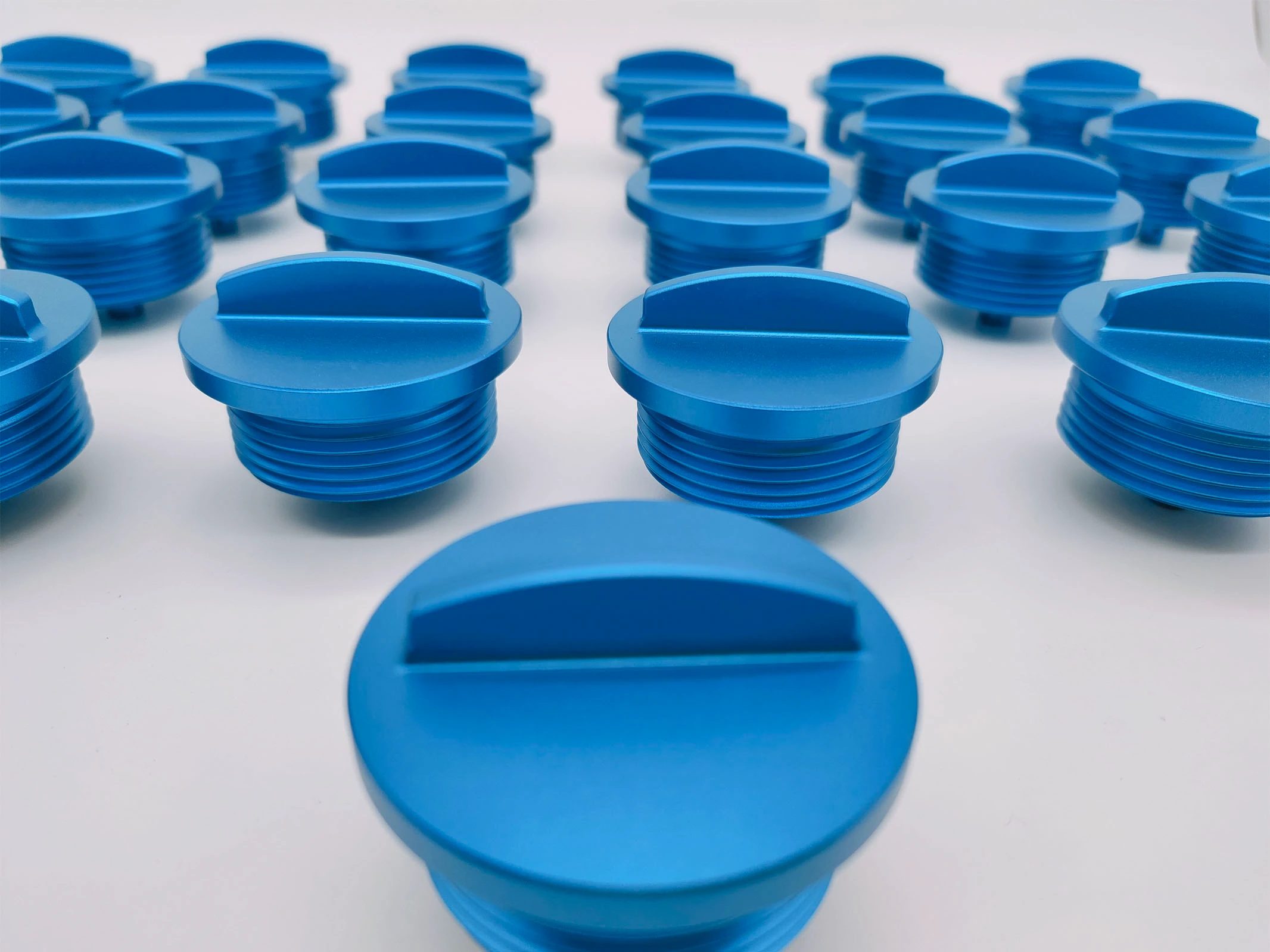- Capabilities
-
CNC Machining
Tight tolerance and 20+ finishes 3, 4 , 5 axis, as fast as 2 days -
Sheet Metal Fabrication
High-precision, on-demand sheet metal cutting and bending. -
3D Printing
SLA, SLS,MJF,SLM, FDM 3d printing with post treatment. -
Vacuum Casting
Production quality parts without the tooling investment.
-
- Solutions
Rapid Prototyping
Fastest lead time of high-quality prototypes at minimal cost.
Low Volume Production
From one-off prototyping to low-volume production.
Mechanical Assembly
Custom assembly for project-specific needs.
Custom Package
Ready to help you prompt your brand.
- Sources
Materials
Select from 100 more types of metals and plastics.
Finishes
Select from 20 more types of surface fishes.
Industries
Providing precision machining and manufacturing solutions.
Cases
How we assist our clients in bringing their projects to fruition.
- Company
Quality Assurance
Consistent quality, every time.
About Us
Your go-to manufacturer for custom parts.
Newsroom
Learn updated news about ECOREPRAP.
4 Types of CNC Machining Offset You Need to Know
Updated: December 04, 2023
Table of Contents
Introduction
When it comes to programming CNC machines, you’d probably want to know that there are a variety of CNC offsets a user can utilize in order to maximize their compensation. Think of it as an electronic calculator—you’d just input a constant value on the memory of the machine so you wouldn’t have to redo it over and over again during calculations. A total lifesaver as it doesn’t only help you with coordinating where your cutting should start, it also helps you cut time and manual programming.
In this post, we will explain four type CNC offset in CNC machining, you will know what it’s and the main setting.
1. Geometry Offset
Geometry offsets are mainly used for programming zero assignments. This offset contains significant negative values as the user establishes the X and Z distances at the zero return position to the program zero point during setup.
The process of this offset is anything but simple. It all depends whether a work shift function is currently in place or the overall measurement from the zero position of the machine. Users often have a general misconception that if they set their geometry offset values in perfect measurement, the produced output would also come out in accordance with the target measurement. Tool pressure may still cause a small deviation in the cutting process during the completion of the initial workpiece. Therefore it would be wise to make the initial adjustments in geometry offset before production begins.
Reference Post: CNC Machining Tolerances, the Complete Guide in 2022

2. Wear Offset
As geometry offset is set pre-production, wear offsets, on the other hand, are concerned with the initial and additional sizing once the production starts. This is to ensure that no wear would appear in the finishing tools. If the finish tool does show any sign of wear or is being pushed beyond its threshold, the user would have to make several adjustments in their stored values. This can be done by the operator reducing the value to ease the cutting period.
Wear offsets and geometry offsets are often set hand in hand. An error in the geometry offset can be fixed by inputting the adjusted value in the wear offset, and vice versa; any miscalculation in the wear offset can be remedied in the geometry offset.
3. Tool Length Offset
In programming your machine, the stored information corresponds to certain parts of the tool. One of these parts is the length of the tool, which can be programmed by the tool length offset. This offset pertains to the measured difference from the tool’s tip to the spindle nose of the machine and is used to adjust the master tool of the machine. Setting the values of this offset is critical to prevent the tool from sticking out of its holder. Several specialized tools such as a laser tool, a mechanical tool, and a slip gauge with an attached calibration tool would do the trick in fine tuning this offset.
A tool length offset can either be set positive or negative. Positive tool length offsets are simple yet practical in moderately sophisticated automated environments, while negative tool length offsets are default in the majority of machines. Whatever type of tool length offset you’d choose, there would always be one most suited for your needs.

4. Work Offset
Lastly is the work offset, and it is described as the measured distance, which can either be in diameter or length, between the X and Z plane in the machine zero. While the tool length offset acts as the location of the cutter where the axis lies at the zero position, the work offset lies between the spindle nose and is best known as the point of reference of the workpiece at the aforementioned position of the axis.
Changes in the work offsets would vary in accordance to the machine pressure, and so these offsets are paramount in regulating the overall program. The user employs these offsets to specify and designate the XYZ zero location in the different locations of the machine.
5. Summary
CNC offsets allow the user to set specific work commands in the machine’s home position, alleviating the cumbersome process of repeated manual entry of coordinates.
Geometry offsets, wear offsets, tool length offsets, and work offsets are among the examples of CNC offsets that provide assistance by identifying the length of each tool and the cutting tool’s radius. Not only that but these offsets can also maneuver program zero points within the offsets and are utilized in adjusting and fine tuning overall operations from start to finish.






















